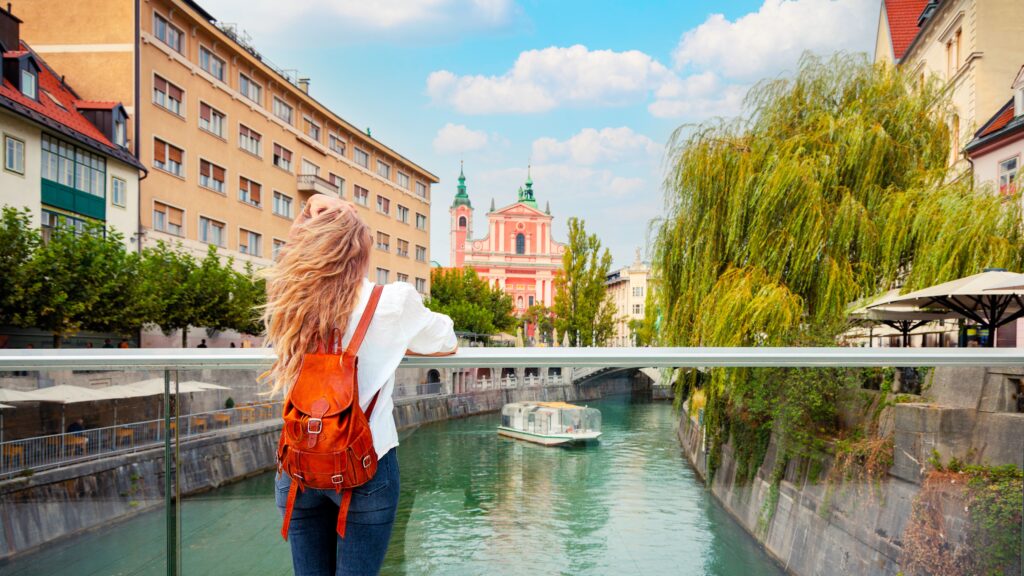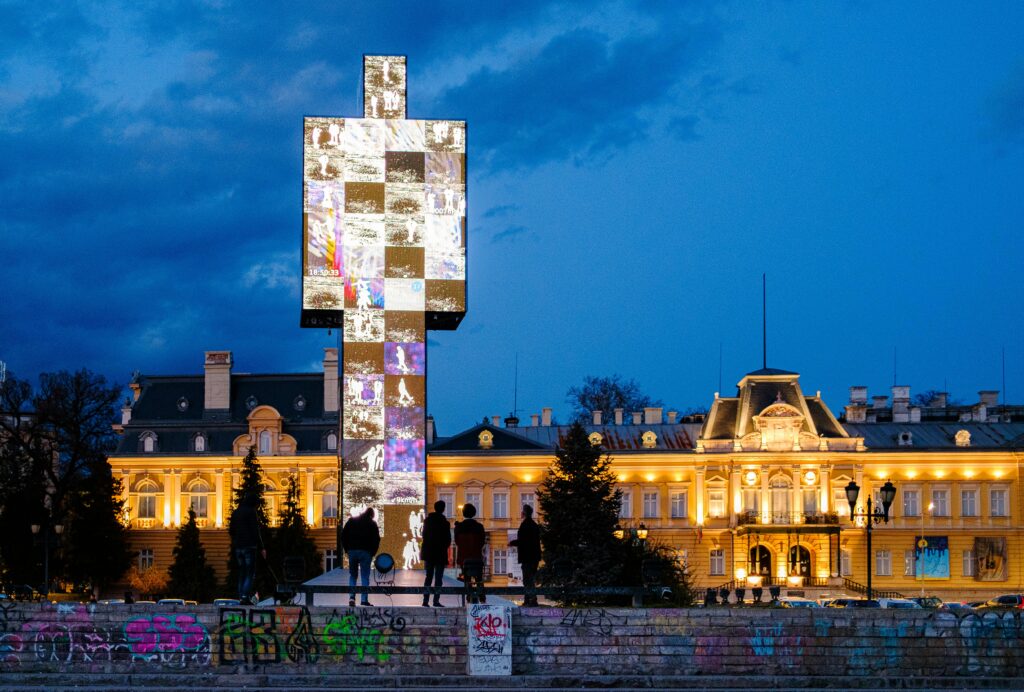
The tantalizing aroma of freshly baked bread wafts from the door of a Dutch bakery, tormenting your taste buds. Europe takes baking seriously – it’s an essential part of many countries’ cuisine with immense pride taken in local specialties. This makes exploring Europe a culinary journey to be savored. And the more local you get, the better the food tastes. Zuid Limburg in the Netherlands is a wonderful example.
Arguably the most beautiful part of the Dutch Netherlands, it’s gently rolling countryside of green hills, lush meadows, beautiful woodlands and colorful orchards is peppered with medieval towns, churches and castles – all with fascinating stories. It’s a landscape that encourages you to hike and bike, exploring at a slower pace with the freedom to simply stop and marvel at the views. Or better still, to stop and enjoy a local treat.
Food is at the heart of Limburg’s cultural identity. Sipping a glass of the region’s local wines in one of its charming vineyards, you might reflect that this is because Limburgers know how to enjoy life. Friendly, open and focused on the things that matter most, Limburgers lavish special attention on food – from fresh ingredients to careful preparation. Their Livar pigs, for example, are bred for taste and raised with love by the monks of Lilbosch Abbey, nurturing the animals that roam freely through the surrounding pastures. You’ll taste a similar attention to detail in the locally brewed craft beers and delightful homegrown fruits of the village orchards.
But among the many traditional dishes you’ll want to try, you can’t leave Limburg without experiencing vlaai. In fact, you can hardly avoid it as this fruit-filled tart is so deeply ingrained in the region’s culture that vlaai is everywhere. Which brings a wonderful dilemma: how much can I responsibly eat?
Legend has it that vlaai originated among ancient Germanic tribes who drizzled dough with fruit juice or honey. This hints at what makes it special: the pie is baked using a distinctive sweet, yeast-based dough giving it a soft and slightly chewy texture – but still firm enough to hold a filling! Drawn into a bakery, let your nose relish the aroma while your eyes take in the choice: do you go for a fruit filling like cherries, apricots, apples or plums? Or a more extravagant filling like chocolate, custard or even rice pudding?
Whatever you choose, it’s a taste that connects you to local tradition. Recipes for vlaai are passed down within families through the generations, and you’ll hear stories of grandparents baking dozens of vlaai to share with friends and family on special occasions like birthdays, weddings and festivals. You’ll quickly grasp that vlaai is more than food: it’s a symbol of hospitality, community and continuity that binds neighborhoods together.
While eating Vlaai brings you a local connection, learning to bake vlaai on a family-led workshop makes that connection even more meaningful. At Bak Atelier, expert bakers using family recipes teach you the tricks of their trade from selecting ingredients to kneading the dough and ensuring the perfect temperature and timing. With an emphasis on fun, enjoy the sense of satisfaction that comes from a mouthwatering act of creation while experiencing Limburg’s culture from the inside. Combined with staying in a family-run guesthouse, there’s no better way to connect with the locals and support their economy. What’s more, learning to bake vlaai is the most sustainable souvenir you can take home.
Thankfully, Limburg has lots of ways you can burn off any extra calories. As well as miles of well-marked hiking and biking trails, there are loads of outdoor activities – you can even unlock the unexpected upgrade of cave biking through the tunnels of the Grottos of Valkenburg. Which all helps because Limburg’s welcoming sociability extends to festivals, fairs, religious processions, its Carnival and its own Oktoberfest. And of course, they all serve plenty of vlaai!






